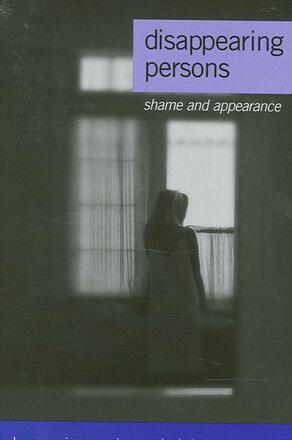
Disappearing Persons
Shame and Appearance
Alternative formats available from:
Investigates the psychocultural crisis confronting our increasingly appearance-oriented, shame-driven society.
Description
In Disappearing Persons, psychoanalyst Benjamin Kilborne looks at how we control appearance as an attempt to manage or take charge of our feelings. Arguing that the psychology of appearance has not been adequately explored, Kilborne deftly weaves together examples from literature and his own clinical practice to establish shame and appearance as central fears in both literature and life, and describes how shame about appearance can generate not only the wish to disappear but also the fear of disappearing. A hybrid of applied literature and psychoanalysis, Disappearing Persons helps us to understand the roots of the psychocultural crisis confronting our increasingly appearance-oriented, shame-driven society.
Benjamin Kilborne is a practicing psychoanalyst in Massachusetts. He is the coeditor, with L. L. Langness, of Culture and Human Nature.
Reviews
Though Disappearing Persons will appeal to psychoanalysts, shame theorists, and scholars interested in the study of shame in literature and the psychoanalytic study of literature and culture, Kilborne has also made a special effort to reach a wider general audience. He carefully identifies the theoretical framework he is using and clearly defines his key terms and concepts. He also makes careful connections between his clinical vignettes and his literary examples so that the reader moves effortlessly from the clinical to the literary (and philosophical) and back again. " — J. Brooks Bouson, author of Quiet As It's Kept: Shame, Trauma, and Race in the Novels of Toni Morrison
"Kilborne brings together in striking and illuminating ways a diverse wealth of reading and research—Sophocles, Milton, Swift, Lewis Carroll, Pirandello, Kafka, Graham Greene, Kim Philby, Hegel, Kierkegaard, Sartre and Merleau-Ponty, case studies, fairy tales, and popular culture, along with the intricacies of psychoanalytic theory and his own experience as a therapist—all of which supports a fascinating exploration of the crucial role of shame and 'appearance' in the psychodynamics of human personality. " — Joseph Adamson, coeditor of Scenes of Shame: Psychoanalysis, Shame, and Writing